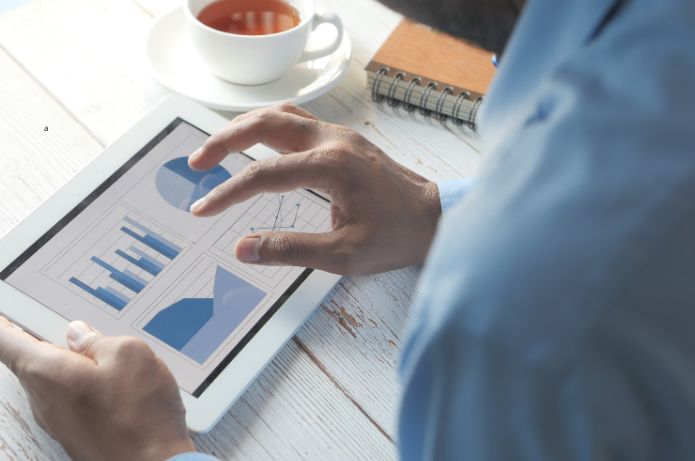Internal surveys of LeverPro, a company of technological solutions for intelligence, reporting and optimization of financial management, indicate that the automation of controllership and financial planning is a reality in only 2% of medium and large Brazilian companies. Manual operations, carried out from computer spreadsheets, still predominate, as stated by the founder and CEO of LeverPro, Alysson Guimaraes.
Given this scenario, technological solutions emerge as alternatives to ensure more agility and reliability to financial data and, consequently, to strategic analysis and decisions. However, given the speed with which new technologies are developed, the challenge becomes: what is the best technology for my business? What kind of return can each solution generate? And, most importantly, how much return?
Thinking about it, Guimaraes points out that LeverPro has developed an ROI Calculator (Return On Investment). This is a super spreadsheet, available online, which quickly calculates the return on investment, and payback e Net Present Value (NPV) (NPV) is everything in just five minutes. “In an increasingly competitive context, managing financial resources and making assertive decisions for the sake of good financial health of a business is essential. The space for errors is increasingly smaller”, he evaluates.
The ROI Calculator of LeverPro uses globally validated indicators to give clarity to executives and managers about the real impact that intelligence technologies, reports and value can provide for medium and large companies.In addition to these global indicators, the super spreadsheet allows the customization of the calculation 'O.E., the inclusion of data specific to the context of each company.
“In our ROI Calculator, available for free on the LeverPro website, you can enter your costs, number of professionals, margins and other indicators specific to your business, thus obtaining a number appropriate to your” reality, explains the CEO. “That is, everything a good finance professional looks for a more assertive investment decision making”.
LeverPro specializes in FP&A (Financial Planning and Analysis) solutions for Treasury, Controlling and Financial Planning.The development of the ROI Calculator is part of this context of tools that the company develops and offers to the market.
HOW TO DOWNLOAD THE CALCULATOR
The LeverPro ROI Calculator already has over a thousand downloads.
The tool can be accessed through the following address: https://lp.leverpro.com.br/calculadora-roi.
LeverPro has also prepared a tutorial on how to use the tool, available at https://youtu.be/J9RmznWW1z8.
ABOUT LEVERPRO
LeverPro, headquartered in Belo Horizonte (MG), operates in over 50 segments and sub-segments across Brazil, including industries, energy, mining, healthcare, and infrastructure. Founded in 2017 and experiencing robust expansion, the company projects 250% growth by 2024. For three consecutive years, LeverPro has been ranked among the top ten fintechs in the country in the Ranking 100 Open Startups.
The company is responsible for developing an innovative SaaS platform geared towards intelligence generation, report automation, and optimization of financial planning and controlling areas for medium and large companies.


